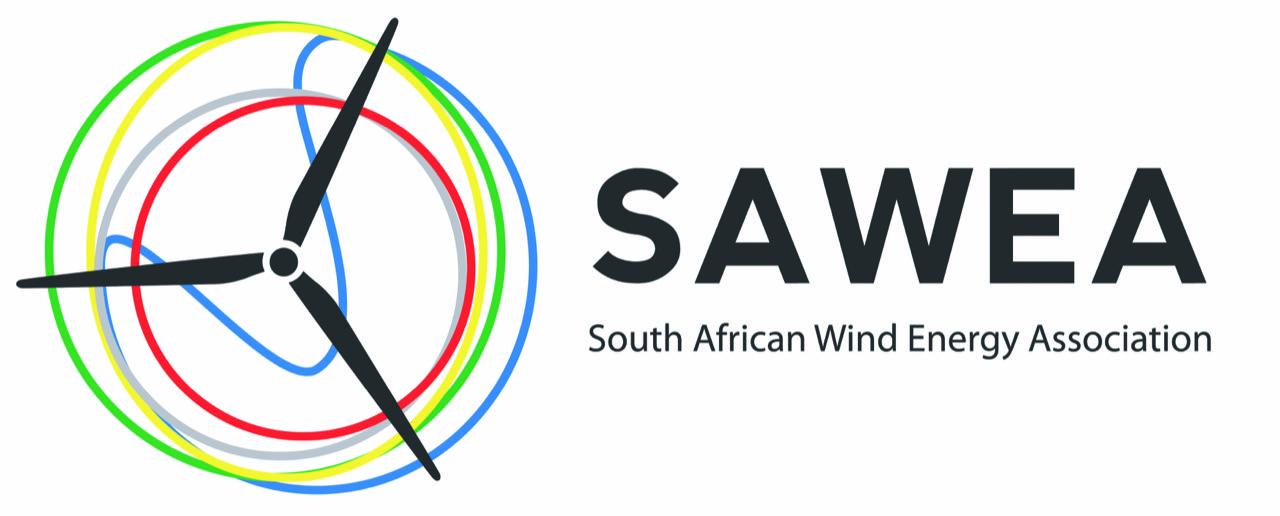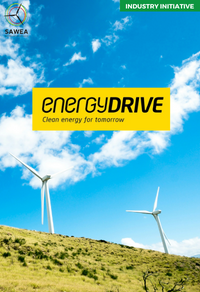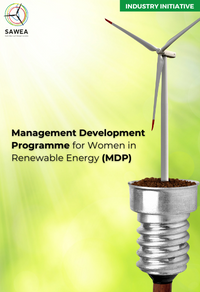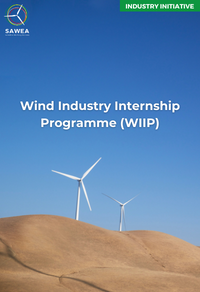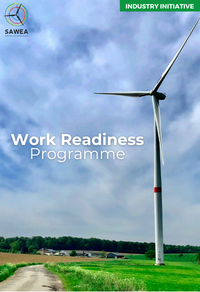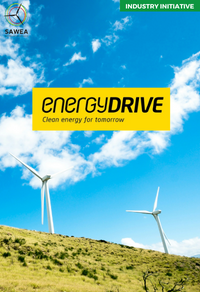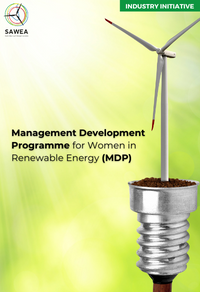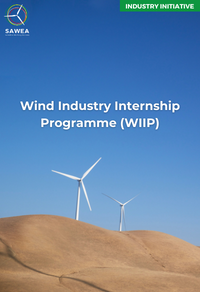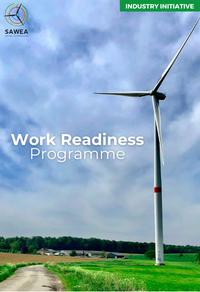Wind Sector Responds to Expanded Grid Capacity
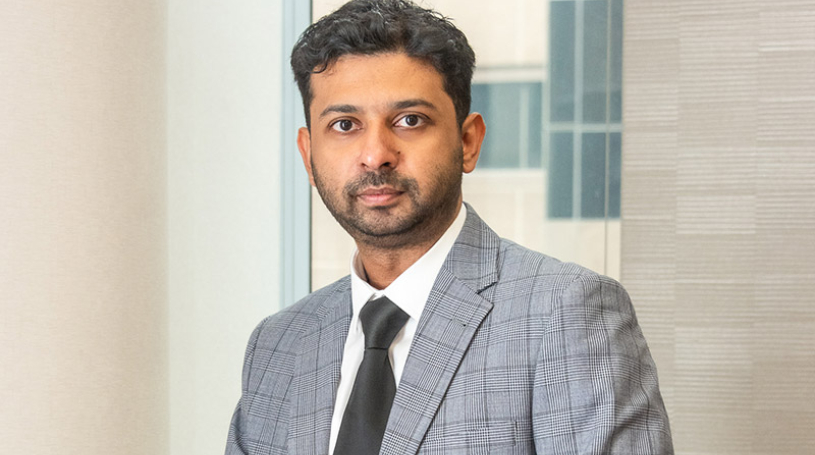
The South African Wind Energy Association (SAWEA) has responded to two key events this week that are helping to provide clarity and give confidence in new renewable power generation, but warn that more work needs to be done.
The week kicked-off with the inaugural Energy Storage Independent Power Producer Procurement Programme (ESIPPPP) conference, with a bid submission date set for the first week of July this year. Only then will the preferred bidders of circa 500MW of battery storage in Northern Cape be confirmed, an essential component to unlocking this vital green zone to the wind sector. “The need for additional grid capacity in the Cape region cannot be over emphasised. This is clearly evident in the fact that there are no operational wind projects outside the Cape region and this is where our best wind resources lie. Right now, we are aware of just under 3GW of Wind projects being developed outside the Cape region – with the expectation that the majority of these projects are being developed for the private sector,” said Niveshen Govender, CEO of SAWEA.
With the procurement of 513MW of storage, it is reported that the transmission system will be able to add approximately 2GWh’s across five key points in this Province. Furthermore, it is reported that Eskom specifically selected the substation sites in an effort to unlock renewables capacity in the grid-constrained province, in addition to the storage projects being able to offer ancillary services. “The previous failure to secure preferred-bidder status for any wind projects, owing to grid constraints in the Cape provinces, clearly demonstrates the urgency of added grid capacity and the value of energy storage to unlocking new wind power generation into our country’s energy supply,” added Govender. He continued, saying, “We have consistently called on government to explore options that will strengthen or expand the grid infrastructure build as quickly and efficiently as possible using mechanisms of self-build or public-private partnerships. As stated by Eskom’s Transmission Development Plan, new renewable energy generation capacity of between 4GW and 5GW must be built and connected to the grid annually.”
Speaking at the event the Department of Mineral Resources and Energy’s Independent Power Producer Office (IPPO) Head, Mr. Bernard Magoro indicated that, in terms of Ministerial determinations published by Minister Mantashe in line with the country’s energy road map (IRP2019), the IPPO has been mandated to procure 28.5 GW of new generation capacity by 2030, predominantly from wind and solar PV. Furthermore, today (16 May 2023), the Minister highlighted in his department’s Budget Vote speech, that new public procurement rounds, Bid Windows 7 and 8, will be opened during Q2 of 2023, and Q4 of 2023, collectively providing for 10GW of renewable energy. “Public procurement of this magnitude should be weighed up against the value of a consistent pipeline of smaller consecutive bid windows. In particular, we would like to see the various stakeholders considering what the best option is to ensure the biggest impact balanced between new generation capacity and socio-economic benefit,” explains Govender.
To ensure success in the public procurement programme, SAWEA calls for a co-ordinated approach, collectively working on various aspects including: regulatory and technical solutions to support the co-location of Wind, Solar PV and Battery Energy Storage Systems, streamlined environmental processes with concessions applied equally as well as practical and realistic forecasting requirements all while ensuring grid access and continuous development. It was also indicated that the country can expect to see additional Battery Storage procurement issued this year, with a capacity totalling 1 230MW across the second and fourth quarter of this financial year. Note: The ESIPPPP RFP includes the following substation sites, as selected by Eskom: Aggeneis 77 MW, at a minimum installed energy rating of 308 MWh; Ferrum 103 MW, at a minimum installed energy rating of 412 MWh; Garona 153 MW, at a minimum installed energy rating of 612 MWh; Mookodi 77 MW, at a minimum installed energy rating of 308 MWh; and Nieuwehoop 103 MW, at a minimum installed energy rating of 412 MWh.
